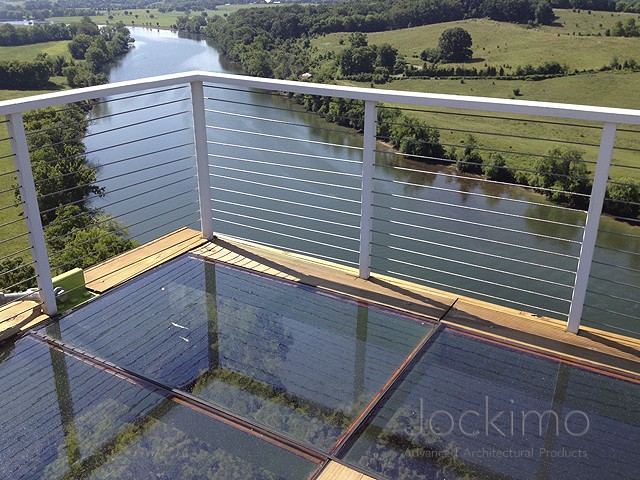Top Considerations for Outdoor Glass Flooring
- Details
Don’t Forget These 7 Things When Designing Outdoor Glass Flooring
Designing outdoor glass flooring involves a lot of the same safety, aesthetic, and functional considerations as indoor glass floors. There are, however, specific considerations to keep in mind. Here are seven things to think through and to discuss with your glass manufacturer when designing a new exterior glass floor.
7 Exterior Glass Floor Details to Discuss with Your Manufacturer
-
Antislip Glass Surface
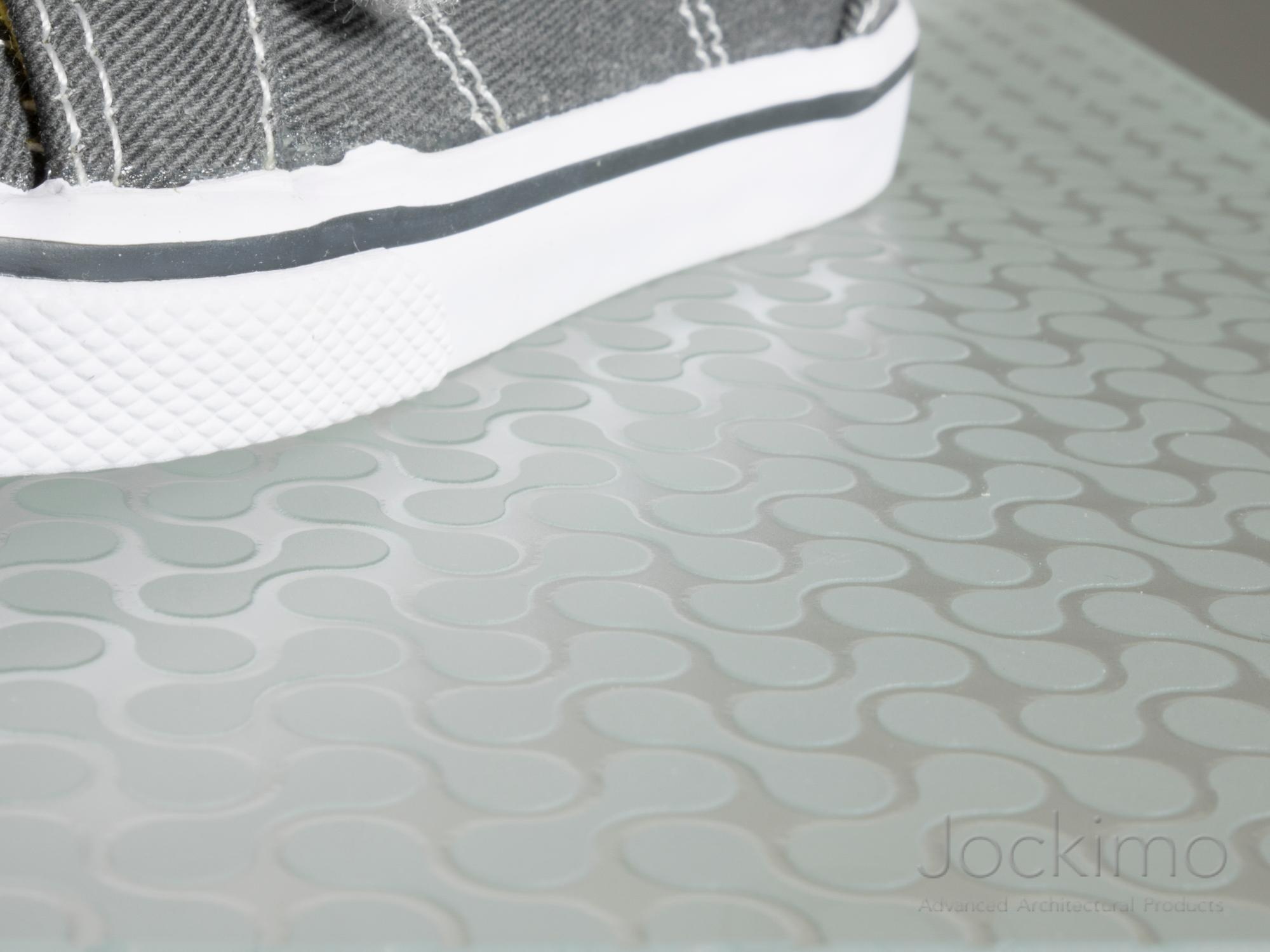
Whenever you’re installing interior glass flooring, or exterior glass flooring you need to use anti-slip glass. Whatever technique or method you use, the goal is to increase the friction when it’s walked on. This will safeguard you and others against slips, trips, or falls.
Because outdoor glass flooring is going to be exposed to a lot of moisture, including rain, dew, snow, and ice, make sure you talk through which anti-slip glass treatment is appropriate for your flooring.
- Kiln-baked glass aggregate
- Silk-screening
- Acid etching
You want the most effective and durable anti-slip option but also one that offers the right aesthetics. Some anti-slip techniques give the glass a frosted appearance; others leave the glass clear.
Talk to your glass manufacturer to ensure you get the safest glass floor that also meets your design needs.
-
Anti-Scratch Glass Coating
Like the anti-slip option, an anti-scratch coating can be used on interior or exterior glass flooring. This coating helps preserve the pristine look of the glass and prevents dings, scratches, and gouges.
Because outdoor glass flooring is exposed to the elements, this kind of coating becomes even more important. Yes, it will be exposed to the same wear and tear of people walking across it, but exterior glass floors must also contend with any or all of the following:
- Falling debris from windstorms
- Hail
- Outdoor furniture scraped across its surface
To keep your floor looking as new as the day it was installed, make sure to discuss an anti-scratch coating with your manufacturer.
-
Expected Weight Load
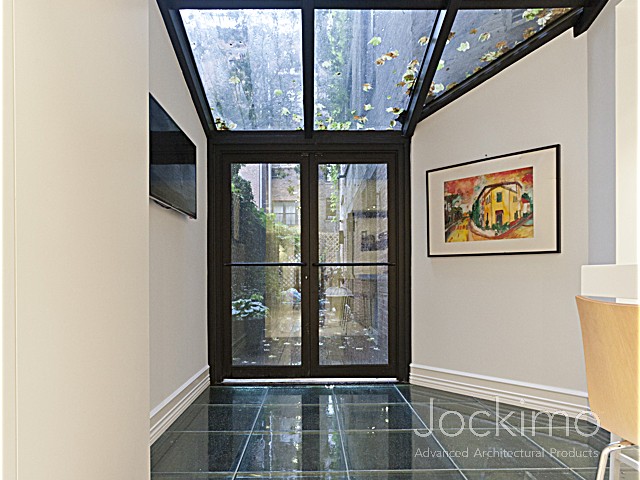
Safety should always be the number one concern when designing any glass floor. It’s imperative to work with a reputable glass manufacturer and to have a qualified, experienced engineer involved in the project design. This is true for interior or exterior glass floors. No exceptions.
When it comes to outdoor glass flooring, remember to account for the entire expected weight load on that flooring.
This includes:
- Maximum number of people who will be using the space at any given time
- Maximum potential snow load
- Outdoor furniture
- Grills
- Planters
- Rain barrels
- Other outdoor objects placed on the glass flooring
Accounting for maximum weight load will allow the project to be designed in the safest way. This includes decisions around individual glass panel size and shape, as well as the support structure designed around it.
-
Privacy Concerns
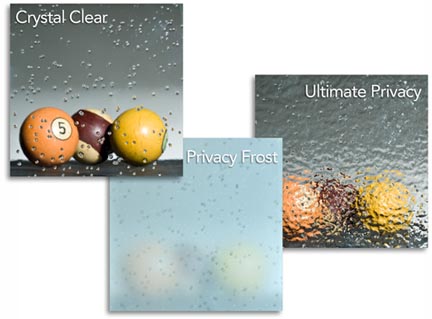
Think about where you’re adding your exterior glass floor and whether there are any privacy concerns you need to consider.
For example, if your glass floor is part of a second-story deck, the privacy of you and your guests should be a design consideration. (When people are below the glass floor, fully clear glass could pose a modesty issue for guests in skirts, dresses, or other potentially revealing clothing.)
If, however, nobody is ever going to be below the space, you have more design freedom and aren’t limited by methods for making your glass flooring private.
-
Surrounding Environment
Also think about your exterior glass flooring in relation to the environment you’re in.
Do you want to:
- Integrate LED lights to enhance the usability of the flooring at night?
- Use colored glass that matches or complements the surrounding décor?
- Use fully transparent glass to maximize the transfer of light?
- Fully preserve the view below your glass floor?
All these kinds of environmental considerations will impact the color, transparency, and specific design of your flooring.
-
Livable Space Below
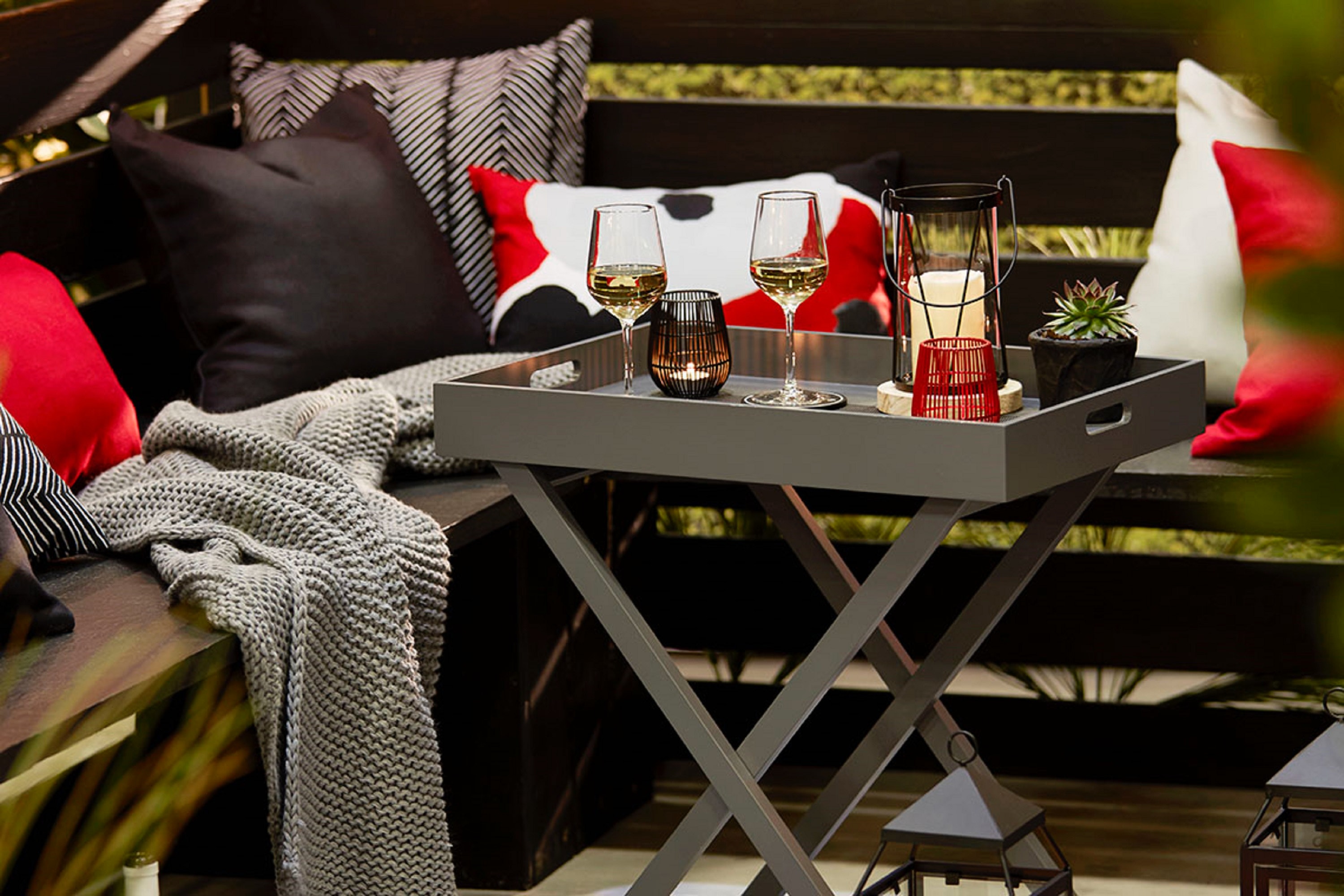
When designing your external glass floor, don’t forget to think about whether the area directly below it will be a livable space. Perhaps that’s a fully screened-in porch or simply a covered patio or deck area. Whatever the specific outdoor living space, share this with your glass manufacturer and associated engineer.
You’ll want to talk through making the glass floor fully waterproof, not just water resistant. This will ensure anything in that livable space (from furniture to electronics) does not become water-damaged over time.
-
Thermal Loss
Think through whether the thermal loss is any concern or consideration in your setup. This would likely only be the case if the area below the glass floor were livable space or housed anything that needed to be kept at a relatively constant temperature.
If this is a requirement in your residence or commercial space, talk to your manufacturer and engineer about using insulated glass units and a fully thermally isolated frame.
See What’s Possible with Glass Flooring
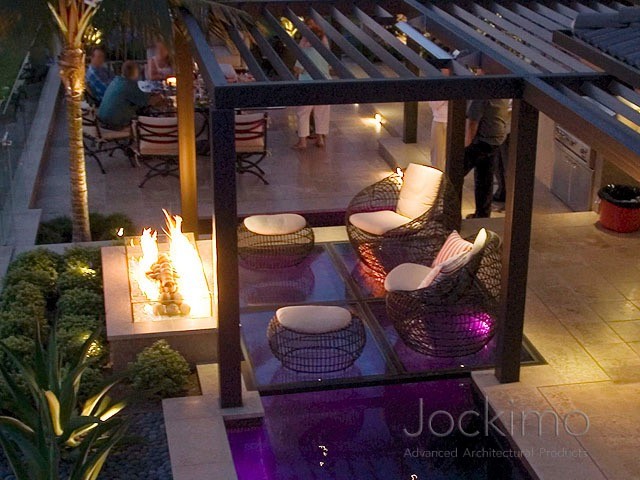
From private residences to commercial spaces, glass flooring is becoming increasingly popular, and it’s easy to see why. It’s striking, bold, timeless, and functional.
With so many options and considerations, however, it’s overwhelming trying to decide on any one design.
If you’re looking for some inspiration, see what’s possible with these glass flooring examples from around the world.
Want to Add Your Own Outdoor Glass Floor?
Interested in learning more about architectural glass products? Want an estimate for your project?
Don’t hesitate to reach out.
We’re Jockimo, a custom glass manufacturer specializing in glass floors, cast glass, and antique mirrors, and we’re always happy to answer your questions or walk you through your next project!


